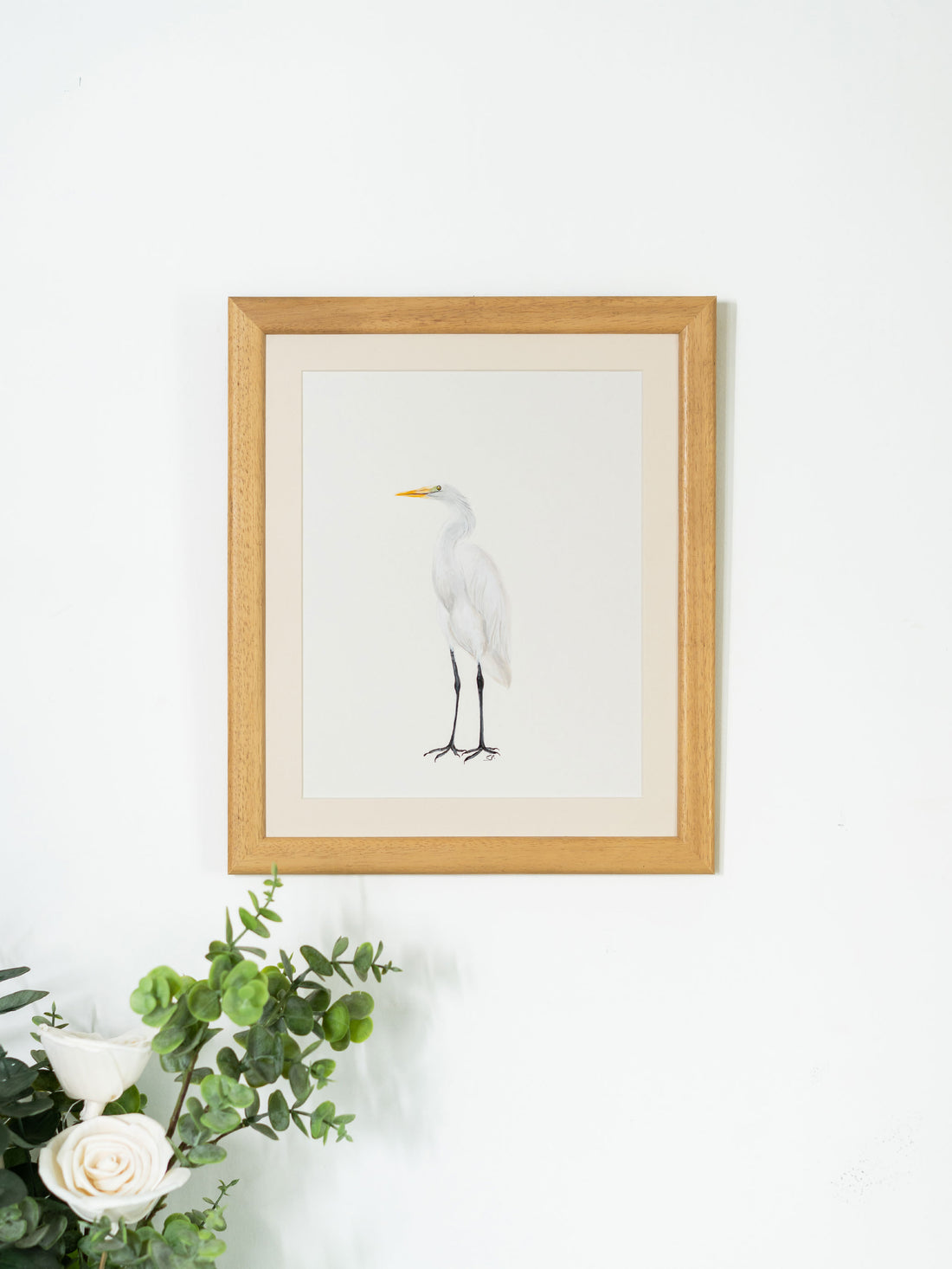Learn How to Sketch Birds: Art Practice Tips & Techniques

Share
Before painting a piece, I start by sketching out what I want to paint. Sketching my piece before I paint helps me better visualise my artwork and ensure that what I have in mind is what’s on paper. It also helps me plan the composition of the piece, the placement of the subject, the arrangement of other elements within the piece, etc.
Lately, however, I’ve started sketching more regularly as a form of art practice. Of course, knowing me, a lot of the sketches were centred around nature, particularly birds. I started sketching out different species of birds over and over again. This has helped me understand them better as a subject, observe the uniqueness of each species and appreciate them better. This in turn helped me depict them more beautifully and expressively when I painted them.
While the idea of sketching may be a little scary, especially if you are new to painting or fine arts or if you’re just starting to think about dabbling in it, I’m here to tell you that it’s not that difficult and I did not start out being good at it. However, what helped me was practice and repetition. Let me tell you a little more about how I go about sketching or drawing birds.
If you’d like to see a real-time video of me sketching different species of birds, then check out this video. I also go into the details of why and how I do it!
What you’ll need and how I sketch birds
This is pretty basic. All you’ll need is a piece of paper or a notebook if you’d like to keep track of your sketches and a pencil. I use my sketchbook to do all my sketching. This way I can turn some of them into a painting if I feel so inspired.
You’ll also need references. I follow a lot of social media accounts that post pictures of birds. This helps me discover different species of birds doing and observe them in different poses and positions! I use the save button on Instagram to keep images that I like, and I save them within a folder titled ‘Birds’. I do the same on Pinterest as well. When I want to sketch, I just open the folder and I have a lot of references to choose from. This is primarily for practice sketching. However, if I’m doing a commercial piece, then I sketch my subjects with my personal spin on them.


For you
If you are interested in learning how to sketch, then I have a Skillshare course that is perfect even if you are a complete beginner. I start with the basic elements of art: lines, shapes and form, colours, texture, and space as this will influence your sketches and artwork. I will then go into how you can look at any object around you, break it down into shapes and sketch it easily. I will also cover different ways to find reference images and inspirations to fuel your creativity.
The best part of this course is you get to apply all the learnings to practice with a final project where you’ll be painting a Hummingbird with me. I am a gouache artist, so I will use gouache as my painting medium but you can use any medium that you are comfortable or familiar with.
The course is for complete beginners and the aim is not to paint the perfect bird but for you to learn the basics of naturalist art so you can illustrate and paint in your own style!



I hope this video inspires you to start sketching and if you’d like to learn how to sketch, you must definitely check out my SkillShare course!
